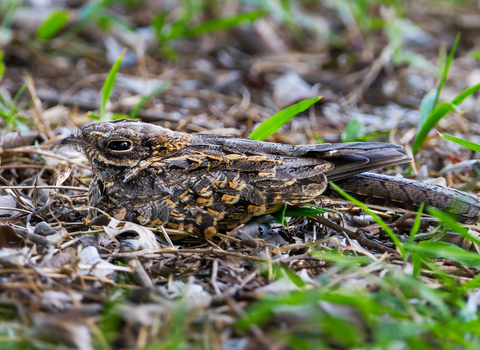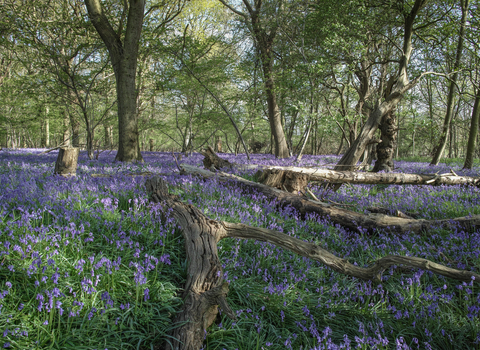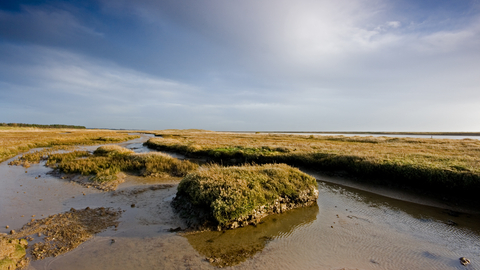
By Steve Aylward
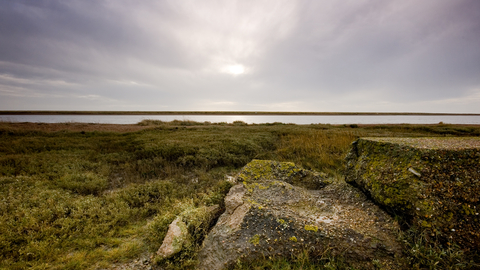
By Steve Aylward
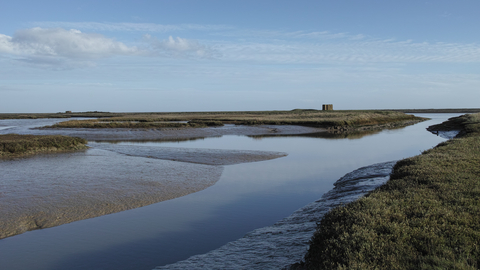
By Steve Aylward
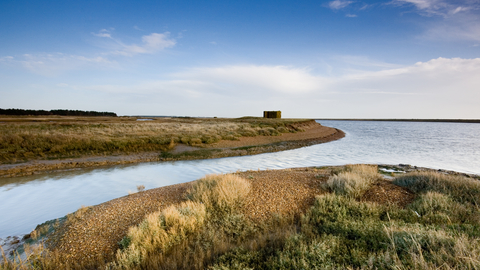
By Steve Aylward
Simpson's Saltings Nature Reserve
Know before you go
Dogs
When to visit
Opening times
Open at all timesBest time to visit
May to AugustAbout the reserve
A wonderfully lonely and isolated spot with an aura of timelessness. For some, the immediate appeal of Simpson’s Saltings is its openness and wide views of the Ore estuary. It is also one of the county’s most important coastal sites for its wealth of uncommon coastal and saltmarsh plants. (For this reason the Saltings can only be viewed from the sea wall.)
These plants grow amongst a mosaic of habitats including compacted sand, shingle, saltmarsh, inter-tidal mud and estuary creeks. Sea campion, thrift and bird’s-foot trefoil flourish here alongside many rarer plants such as sea kale, sea pea and sea heath. Rare and fragile lichens too, have developed in the absence of trampling feet.
Inter-tidal mud provides rich pickings for wading birds, and oystercatchers can frequently be seen probing for juicy morsels, prizing shellfish open with their chisel-like beaks. Areas of sand and shingle make ideal nesting sites for ringed plover and oystercatcher, while little and common tern are a regular sight in summer months on the estuary as they dive for small fish in the shallows at the reserve edge. During the autumn and winter migrations, wheatear and flocks of meadow pipit can be seen, and you may be lucky enough to see an overwintering short-eared owl hunting low over the saltings.

